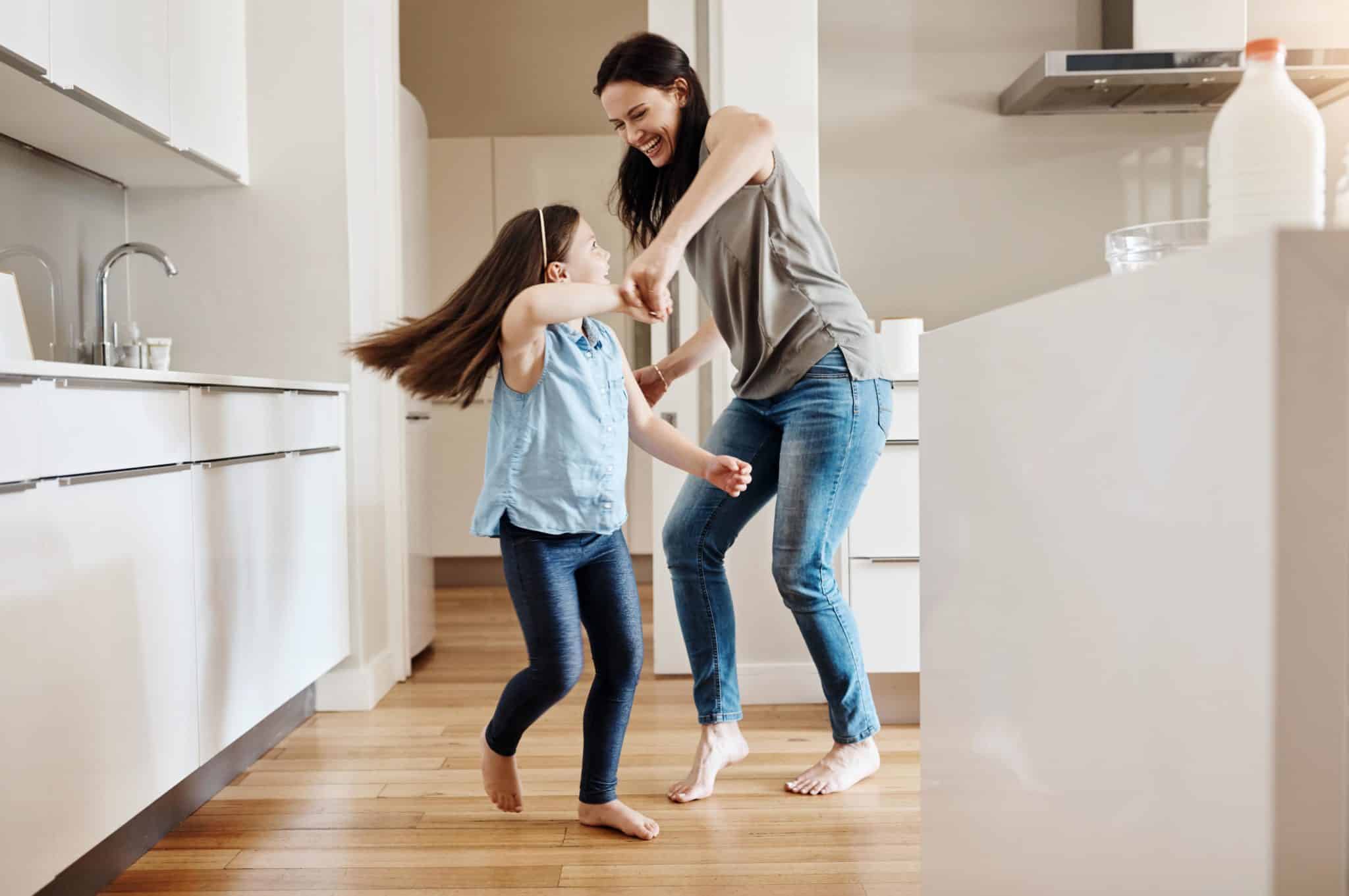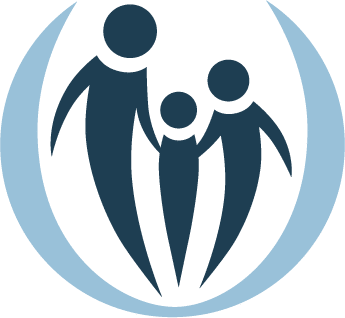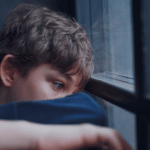
This Is a Fantastic Activity to Teach Kids Emotional Awareness

Do you feel like your child has big emotions? And do you feel at a loss about how to help? Good news! There are fantastic activities to help teach your kids (of any age) emotional awareness! In this great little video, Dan Seigel explains how labeling emotions calms our brains when we’re upset: “Name it to tame it.” Sounds easy, right? But what if your child doesn’t “tame” so easily?
3 reasons why kids have trouble labeling emotions
There are three reasons why labeling emotion is so difficult for kids:
- Young children’s limited vocabularies consist mostly of object or action words, with few words for emotions.
- When kids are upset, their brains shut down verbal skills to prioritize self-protective physical action.
- The creative, emotional right brain feels the emotion, but the left (language/logic) side has to label it!
So what can you do when your child just can’t identify their big emotions and acts them out in misbehavior instead?
The answer: Since it’s your child’s right brain that’s revved up with big emotions, use that same side to express the emotions. Art, music, dance, and other forms of creativity can be powerful ways to express a child’s hidden emotions.
4 practical ways to help your child express their feelings
At an art show for children with AIDS/HIV, a reporter asked a child if she liked to do artwork. The girl emphatically answered yes. When asked why, she responded, “Because it lets the sad out.”
This article will focus on art, but your child might be more tuned into music and dance/movement. That’s great! Have fun exploring emotional awareness and what works best for you and your child.
- Assign a feeling to a certain color, such as yellow for joy or red for anger. “By assigning colors to feelings… the color isn’t just a color to [a child] anymore. It’s a tangible statement that has the power to be a conduit of an emotion, feeling, or experience he or she wants to articulate.” You could ask, “What color best shows what you’re feeling today?” If you have a younger child or your child doesn’t understand this idea, you can start with this video story.
- Take one marker/pencil and make lines that express feelings. i.e., intense dots or jagged zigzags vs. silly or lazy doodles. “What would happy lines look like? What about mad lines?” Demonstrate if your child doesn’t understand. “How does my hand want to move today?” OR “What shape shows what I’m feeling today?”
- Make a little storybook and draw pictures that illustrate the before, during, and after of a difficult situation. In the aftermath of trauma, hurtful or scary memories can surface as very real and feel like they are current and unending. This helps a child to see any trauma as having a beginning, middle, and end.
- Simply sit next to your child and draw as you talk about a difficult situation. Pay attention to what you both draw. Diminished eye contact and a parallel activity can feel very safe to an upset child.

Three stories to motivate you to explore emotional awareness through art
These examples from the Connected Families community show how drawing was the means for kids to receive helpful insight and comfort as they processed difficult feelings.
GINA:
Gina couldn’t figure out how to help her son, who struggled with verbal skills. When she would try to talk about challenges with him, he usually shut down and couldn’t sort out his intense feelings. He came in from school one day quite frustrated about an altercation at the bus stop. Gina took out some paper and markers, sat next to him, and just started to draw with him. He was able to make a simple cartoon-type sequence of what had happened, and then they could problem-solve a solution. He began to learn emotional awareness!
LYDIA:
Lydia shared an amazing story of her son’s recovery from anger and shame:
“8-year-old son Caleb was having a tough afternoon. He seemed to be doing his best to hurt his sister and me with his words and his actions. He mocked us and seemed pleased at how exasperated both of us were. When I told him clearly how I was feeling about his actions, Caleb shifted and began to repeat over and over, ‘I’m an (expletive).’
I wanted to be mad at him for swearing repeatedly. But God helped me see that my son was revealing how badly he felt about himself!
I calmly said, ‘It sounds like you think you’re a pretty bad person.’ That caught Caleb’s attention. We talked about it enough that he felt understood and validated but not pitied or victimized.
I personally have used drawing to get at the lies that I’ve believed about myself. I suggested that Caleb ask the Holy Spirit to help him draw what this lie about himself looked like. Caleb drew a stick figure boy with caution tape all around him and a talk bubble containing the words he had repeated over and over about himself.
I suggested he ask the Holy Spirit where this idea about himself came from. He drew a picture of a dragon with fire breathing out of his mouth. Clearly, the lie was coming from our enemy, the devil.
When we tried to replace those lies, for a while, Caleb stayed stuck in negative images. I helped him to stop agreeing with these lies about himself, give them to Jesus, and ask Jesus what truth He had for him instead. After a few moments, he drew a stick figure boy saying, ‘Awesome.’ He seemed more at peace with himself.
The rest of our afternoon wasn’t perfect, but it was far better. He had felt safe and connected enough to let me coach him to take responsibility for his thoughts. He experienced that he can hear from Jesus and discern what beliefs come from Him and what beliefs do not. This simple, creative activity helped Caleb learn that he can choose whom he wants to trust in difficult moments!”
BETH:
Beth shared a picture her daughter Kendra drew after feeling anxious at bedtime and the story of its meaning.
“I asked Kendra to explain it. She said, ‘This is you and me, Mom. My mouth is zigzagged because I’m scared. Maybe I had a bad dream or something. You’re laying beside me on my bed.’
I asked her if she likes when I do that. She said yes. (I’ve found that her defenses come down when I lay beside her and pull her close.) While her drawing was showing a moment of fear for her, it helped to express and process her emotions and reveal the solution…me :-). I’m so grateful to know that she feels safe and comforted with me!”
Empower your child to understand emotions
If you have a youngster with whom “feelings conversations” go nowhere, and you see difficult emotions coming out sideways, break out the art supplies (or turn on the music!). Start with lighter emotions and topics, and have a little fun. Then see how the Lord might guide you to empower your child to unlock some of those important feelings.
You are not alone. Big feelings and emotional awareness are things we all need to learn to navigate. (Even as adults!) If we can come alongside you in any way during this time, please reach out to us at info@connectedfamilies.org. It is our privilege to walk the parenting journey with you as you learn to lead your family with grace.
PS: If you want to dig a little deeper and learn even more, check out the ebook Finding Hope: How to Cope with Loss using Art Therapy by Jennifer Alward, who is part of the Connected Families community. (We are not getting anything in return for the recommendation, we just feel it might be helpful!)

Do you have a child with BIG feelings and BIG needs?
The Sensitive & Intense Kids online course is a game changer. It’s for YOU.





